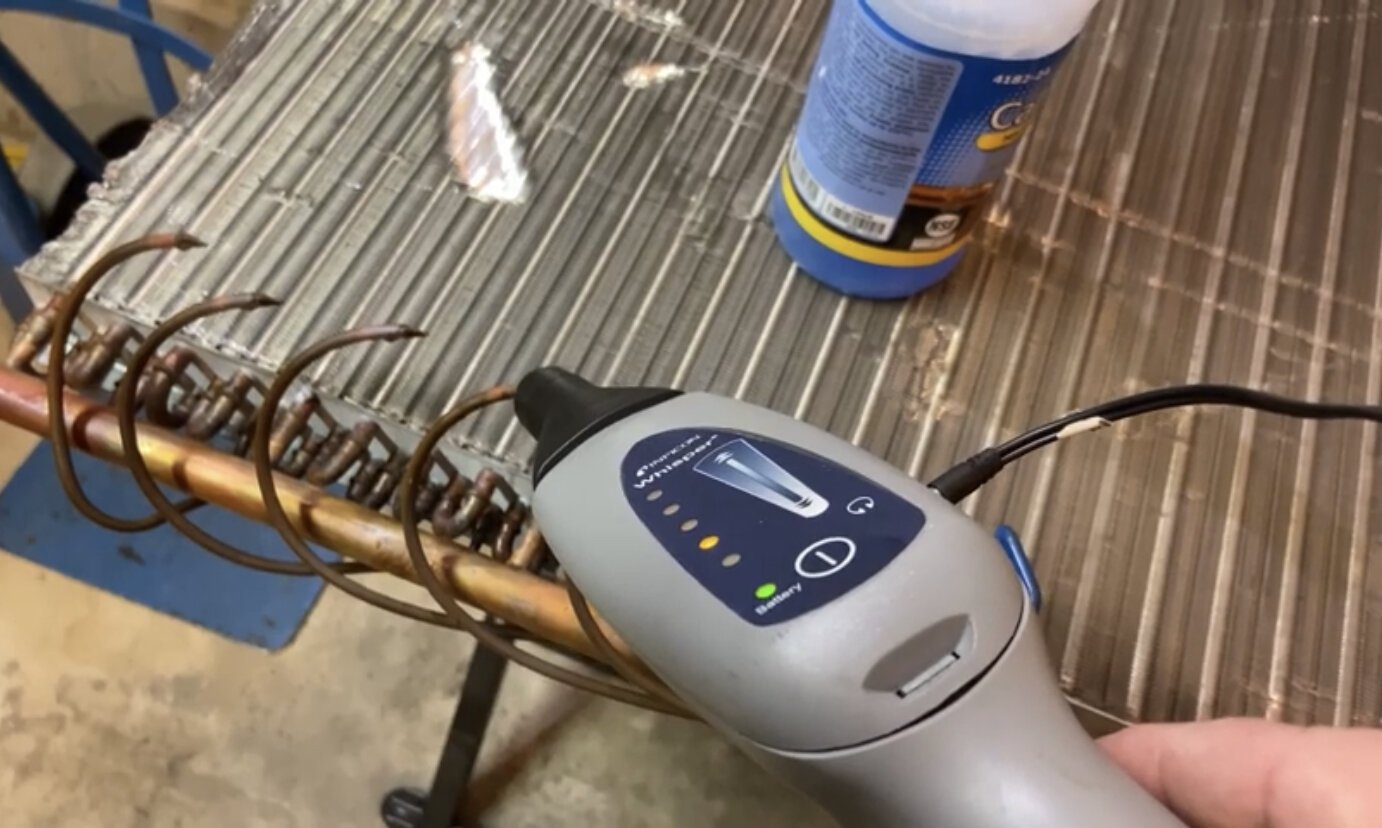
As a homeowner or business owner, maintaining a comfortable and efficient indoor environment is crucial. One of the key components of achieving this is a well-functioning HVAC system. However, even the most robust HVAC systems can develop leaks, which can lead to inefficiencies, increased energy costs, and potential damage to the system. This is where an HVAC leak detector becomes an invaluable tool. In this article, we’ll explore what HVAC leak detectors are, their importance, types, and how to use them effectively.
What is an HVAC Leak Detector?
An HVAC leak detector is a device designed to identify leaks within heating, ventilation, and air conditioning systems. These leaks can occur in various components, such as refrigerant lines, coils, and joints. Detecting leaks early is essential for maintaining the efficiency and longevity of your HVAC system.
Importance of Using an HVAC Leak Detector
Using an HVAC leak detector offers several benefits:
- Efficiency: Leaks can cause your HVAC system to work harder to maintain the desired temperature, leading to higher energy consumption and increased utility bills. Detecting and fixing leaks promptly ensures your system runs efficiently.
- Cost Savings: Early detection of leaks can save you money on energy costs and prevent expensive repairs or replacements down the line.
- Environmental Protection: Refrigerant leaks can be harmful to the environment. By detecting and fixing leaks, you reduce your carbon footprint and contribute to environmental conservation.
Types of HVAC Leak Detectors
There are several types of HVAC leak detectors available on the market. Each type has its own unique features and benefits:
- Electronic Leak Detectors: These are the most commonly used detectors and are highly sensitive. They use a heated diode or corona discharge technology to detect the presence of refrigerants.
- Ultrasonic Leak Detectors: These devices detect the sound of leaks. They are especially useful in noisy environments where other types of detectors might not work effectively.
- Halide Torch Leak Detectors: These detectors use a flame to detect refrigerant leaks. When the flame changes color, it indicates the presence of refrigerants. However, they are less commonly used today due to the advancements in electronic detectors.
- Dye Injection Leak Detectors: A dye is injected into the HVAC system, and leaks are detected visually using a UV light. This method is straightforward but requires additional steps to inject the dye and check the system.
How to Use an HVAC Leak Detector
Using an HVAC leak detector is relatively simple, but it’s important to follow these steps to ensure accurate detection:
- Turn Off the HVAC System: Before using the detector, make sure the system is turned off to prevent any interference.
- Prepare the Detector: Depending on the type of detector, you may need to calibrate it or prepare it according to the manufacturer’s instructions.
- Inspect the System: Begin checking the most common areas where leaks occur, such as refrigerant lines, coils, and joints. Move the detector slowly and methodically.
- Confirm the Leak: Once the detector indicates a leak, mark the location and take appropriate action to fix it. For dye injection detectors, use a UV light to locate the dye.
Conclusion
An HVAC leak detector is an essential tool for maintaining the efficiency, cost-effectiveness, and environmental friendliness of your HVAC system. By understanding the different types of detectors and how to use them, you can ensure your system runs smoothly and efficiently.
For professional HVAC services and expert leak detection, consider reaching out to Professor Gatsby’s. Their team of skilled technicians can help you identify and fix leaks quickly, ensuring your HVAC system remains in top condition. Contact Professor Gatsby’s today to learn more about their comprehensive HVAC services.

